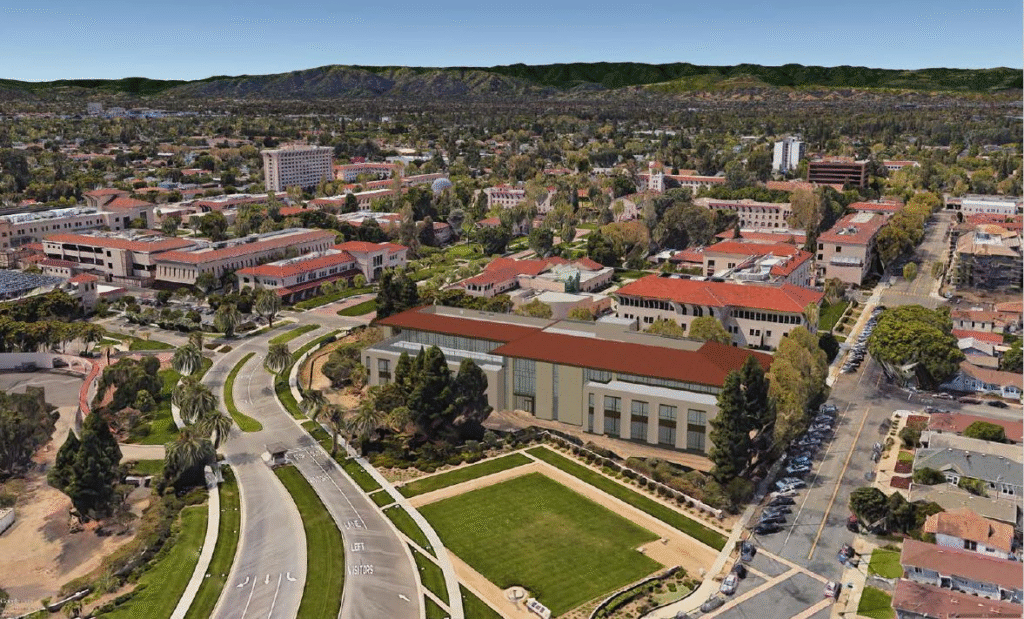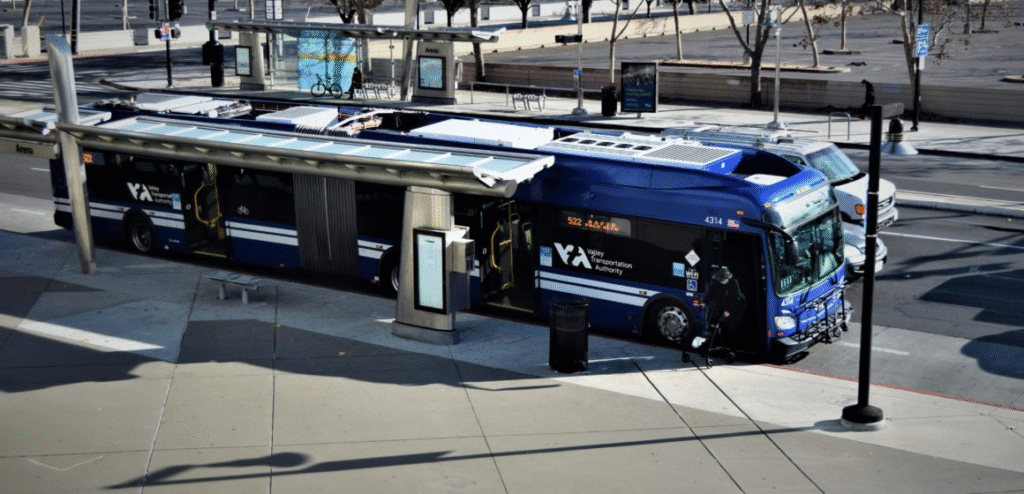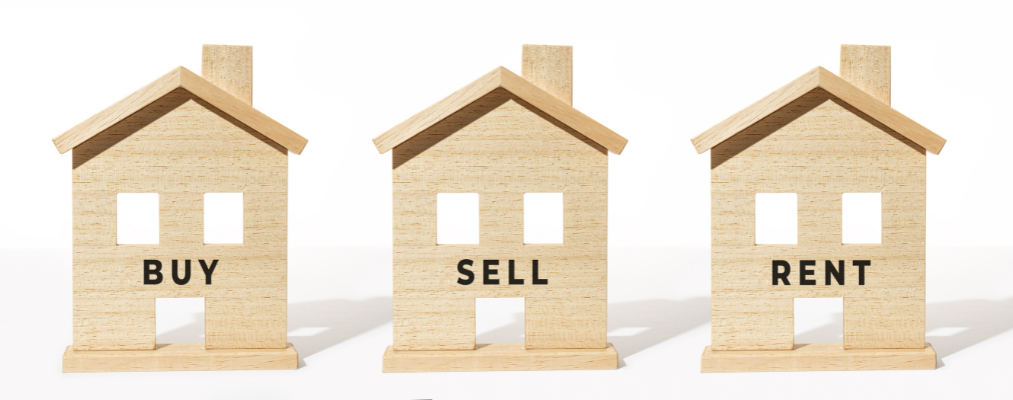Santa Clara is a vibrant city located in the heart of Silicon Valley. Known for its thriving tech industry, sunny climate, and close proximity to major employers like Intel and Nvidia, it’s a desirable place for professionals and families. However, the Santa Clara cost of living is considerably higher than the national average. If you’re considering a move to this dynamic region, understanding the full scope of living expenses is essential.
What Makes Santa Clara Appealing?
Before diving into the numbers, it’s important to understand what makes Santa Clara so attractive. The city boasts top-rated schools, excellent public services, and an abundance of parks and recreational facilities. Its strong job market, especially in technology and engineering, continues to draw skilled professionals from across the country. But with high demand comes higher prices, especially when it comes to housing and everyday expenses.
Housing Costs in Santa Clara
The biggest factor influencing the Santa Clara cost of living is housing. Whether you’re renting or buying, expect to pay a premium. The average rent for a one-bedroom apartment hovers around $2,900 per month. For families or those looking for more space, a three-bedroom apartment can cost upwards of $4,500 monthly. If you’re in the market to buy, median home prices are over $1.5 million. Santa Clara homes for sale are highly sought after, driven by limited supply and high demand, making it one of the most expensive housing markets in California.

Utilities and Household Expenses
Utility costs in Santa Clara are relatively moderate compared to housing. Basic utilities—including electricity, heating, cooling, water, and garbage—typically cost around $180 per month for a standard apartment. Internet services range from $60 to $100 monthly, depending on speed and provider. While these costs are manageable, they still add to the overall Santa Clara cost of living, especially when combined with high rent or mortgage payments.
Transportation and Commuting Costs
Transportation is another critical aspect of living in Santa Clara. The city is well-connected by major highways and public transit systems like Caltrain and VTA. Monthly public transportation passes cost around $90. However, many residents prefer driving, which introduces additional costs like gas, maintenance, and insurance. Gas prices in Santa Clara are typically higher than the national average, often exceeding $5 per gallon. Insurance premiums are also steep, reflecting the dense traffic and high-value vehicles in the area.

Grocery and Food Prices
Groceries in Santa Clara are more expensive than in many other U.S. cities. A typical monthly grocery bill for a single person can easily reach $400–$500. Families will see significantly higher costs. Dining out also comes at a premium. A casual meal for one might cost around $18, while a three-course dinner for two at a mid-range restaurant can exceed $90. These food-related expenses further amplify the overall Santa Clara cost of living.
Healthcare Expenses
Healthcare is another category where costs are above the national average. Health insurance premiums, doctor visits, and prescription medications can be costly, especially without employer-provided coverage. A standard doctor’s visit might cost between $130 and $180 without insurance. Dental care and specialist consultations are similarly expensive. These factors contribute to the high cost of living in Santa Clara, California.
Education and Childcare
For families, education and childcare are significant considerations. While public schools in Santa Clara are highly rated, private schooling options are also available—at a cost. Private school tuition ranges from $10,000 to $25,000 annually. Childcare services are equally expensive. Full-time daycare for infants can cost upwards of $2,000 per month. These high educational expenses are a vital part of Santa Clara living expenses for families.
Entertainment and Lifestyle
Santa Clara offers a rich lifestyle with access to entertainment, shopping, and cultural events. However, these activities also come with a cost. A movie ticket might cost $15, while gym memberships average $60 per month. If you’re into concerts, professional sports, or fine dining, prepare to allocate a significant portion of your budget. While these expenses are discretionary, they are an essential part of living in Santa Clara CA for many residents.
Taxes and Financial Obligations
California’s tax structure also affects the Santa Clara cost of living. The state income tax is among the highest in the nation, and sales tax in Santa Clara County is currently around 9.125%. Property taxes, while relatively low in percentage terms, can still be substantial due to high home values. These financial obligations must be considered when evaluating your overall living cost in Santa Clara CA.
Comparing to Nearby Cities
Compared to nearby cities like San Jose and Sunnyvale, Santa Clara’s living costs are relatively similar but not the highest. Some neighboring areas may offer slightly lower rents or utility costs, but the differences are often marginal. The decision often comes down to proximity to work, schools, and personal preferences. Regardless, the cost of living Santa Clara California remains one of the most expensive in the region.
Tips for Managing Costs
While the Santa Clara cost of living is undeniably high, there are ways to manage expenses. Consider living with roommates to reduce housing costs. It can cut your monthly rent in half. Shared expenses on utilities and groceries also help balance the budget.
Take advantage of public transportation. It reduces fuel costs, parking fees, and maintenance. Using the VTA and Caltrain can save hundreds each month.
Shop smarter by visiting farmers markets and discount grocery stores. Buying in bulk and cooking at home keeps food costs in check. Avoid frequent dining out.
Use employer-provided benefits. Health insurance and commuter discounts significantly lower monthly spending. If your employer offers an FSA or HSA, use it to reduce taxable income.
Opt for energy-efficient appliances. They reduce utility bills over time. Also, unplug devices when not in use and switch to LED lighting.
Explore free local entertainment. Parks, hiking trails, community festivals, and free museum days can provide fun without spending a lot.
Budget and track every expense. Use apps to monitor spending and set limits. Sticking to a plan ensures long-term financial stability in a high-cost city like Santa Clara.
Finding Affordable Neighborhoods
Not all areas in Santa Clara come with the same price tag. Researching and choosing a neighborhood wisely can make a noticeable difference. Areas on the outskirts may offer slightly more affordable rents or home prices. Prioritize places that offer access to public transit to cut commuting expenses. While convenience is key, affordability should be factored in when selecting a home.
Final Thoughts on Living in Santa Clara
Living in Santa Clara offers tremendous opportunities, but it comes at a price. High housing costs, taxes, and daily expenses make it crucial to understand the full picture. By evaluating your needs and budgeting wisely, you can enjoy the benefits of this tech-centric city without financial strain. Whether you’re relocating for work or considering a lifestyle change, being informed about the Santa Clara cost of living is the first step toward a successful transition.








